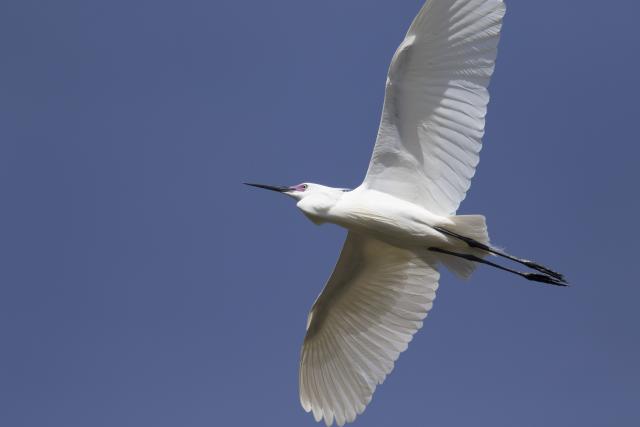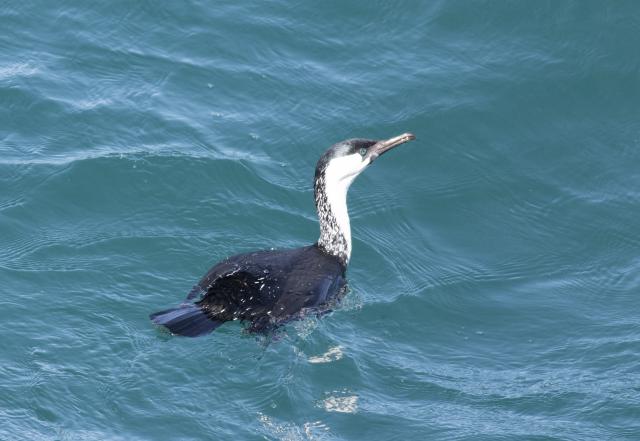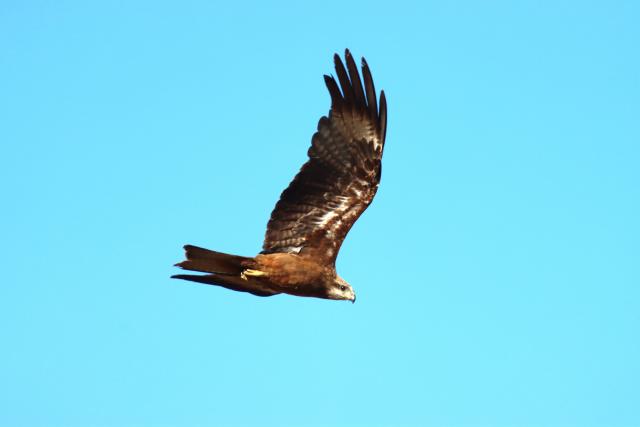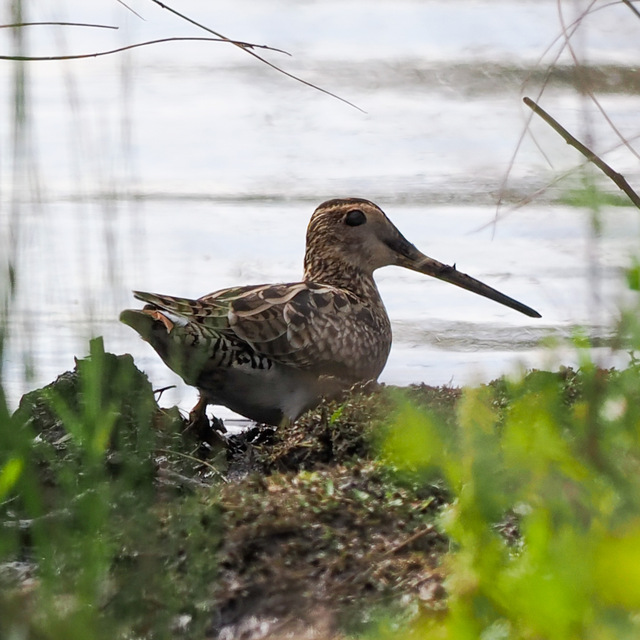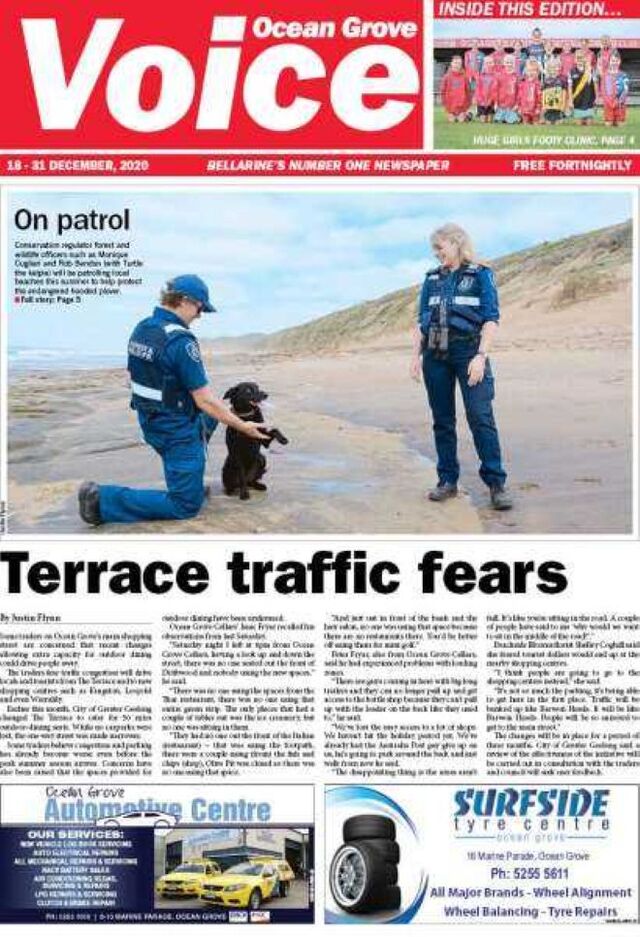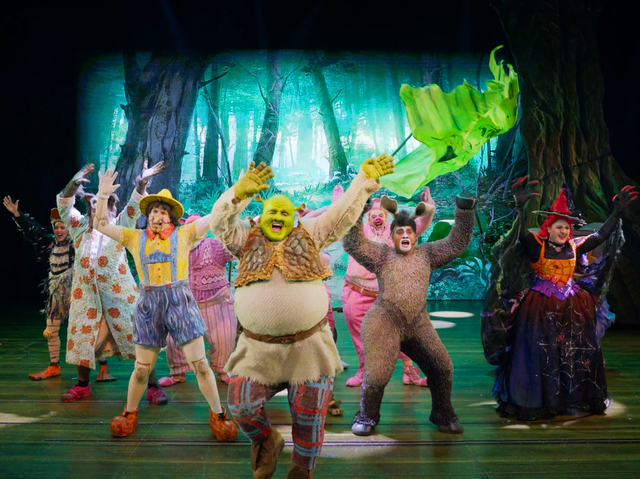It’s been great to experience some wet weather over the past few weeks, and the ponds and farm dams are looking a lot healthier as a result.
May it continue to rain over the next few weeks.
I’ve been happy to see a good number of little egrets in their nesting tree in Queenscliff. These trees were part of the area that was fenced off for the Queenscliff Music Festival, but fortunately the loud music has not deterred the birds from nesting. Little Egrets are critically endangered in Victoria, and over the last few years they have returned to the same trees to nest in a colony with a few nankeen night herons.
In breeding plumage these birds change their facial skin colour from yellow to violet-blue, and they also grow plume feathers on their back and nape, which make them even more graceful and beautiful.
I also had another trip on the Queenscliff ferry to Sorrento and observed a black-faced cormorant at close quarters as it was feeding next to the ferry. These birds are classified as vulnerable in Victoria, so it is also lovely to see them in the local area.
The black-faced cormorant is a black and white cormorant that has a naked black face and piercing blue-green eyes and is only found in marine areas.
I interviewed Tash Verspeek, who has taken over from Andrea Dennett as the coordinator of the Friends of the Bellarine Hooded Plover. Tash explained to me that there will be new signage around the beaches this year to indicate the dog control rules regarding on and off leash areas.
These signs have been developed jointly by the COGG and Barwon Coast. The signs have been erected on poles because many signs at eye level have been vandalised in the past. Tash is meeting with the COGG and Barwon Coast next week in an effort to improve compliance with sign instructions in an effort to improve the survivability of the hooded plovers and other beach nesting birds that call our beaches their home.
Hooded plovers are listed as ‘vulnerable’ in Victoria as far as conservation status. So far this year there have been approximately 12 nests along Barwon Coast. Two of these nests have produced successful hatchlings, but these birds died from predation within the first week. Currently there are five active nests on the Bellarine, with one located near Ocean Grove Surf Life Saving Club and is due to have hatchlings any day now.
The nests fail due to predators on the beach such as gulls, magpies, ravens, kestrels, cats, dogs, foxes and people walking along the dunes.
I received an email from John from Leopold, who informed me a few weeks ago of a whistling kite nest on his neighbour’s property. John told me that the nest was a black kite nest instead. John took some photos of the birds which revealed the adult kite bird with the characteristic ‘vee’ tail of the black kite.

